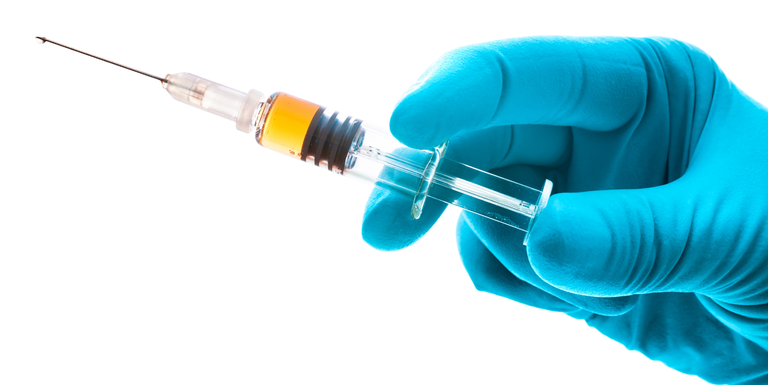The riskiest vaccine? The one that is not given
Last week, public health authorities in Minnesota asked more than 200 people to quarantine themselves after 12 cases of measles were diagnosed in less than 2 weeks—all of them in unvaccinated children younger than 6 years. Across the ocean, an unvaccinated 17-year-old Portuguese girl died of measles after the virus invaded her lungs, in the midst of an outbreak there that mirrors surges in cases in Germany, Italy, and Romania.
In 2015, the most recent year for which data are available, just 72% of U.S. toddlers had received seven key vaccines recommended by the Centers for Disease Control and Prevention (CDC), which together protect against 11 potentially deadly diseases. That is actually an improvement from 2011, when the number was 69%; but it also indicates that much work remains to be done, particularly in an environment in which vaccine skeptics have been emboldened, not least by the current occupant of the Oval Office.
As once common diseases of childhood fade from public view, it is understandable that parents' attention would shift from the fear of disease to concerns about risks of the vaccines themselves. The articles in this issue debunk myths old and new about these risks, while acknowledging the real, rare vaccine injuries that do occur. The data on these pages make clear the power of vaccines to vanquish disease—an impact that far eclipses their minute risks. Identifying the best ways to convince hesitant parents of this calculus in an age of internet-fed misinformation is an ongoing challenge for researchers.
Originally posted by: Meredith Wadman Source: http://www.sciencemag.org/news/2017/04/riskiest-vaccine-one-not-given
Source: http://www.sciencemag.org/news/2017/04/riskiest-vaccine-one-not-given
Way to live in the past. There are more effective, cheaper, and safer methods. Iatrogenic death is the third most common cause.